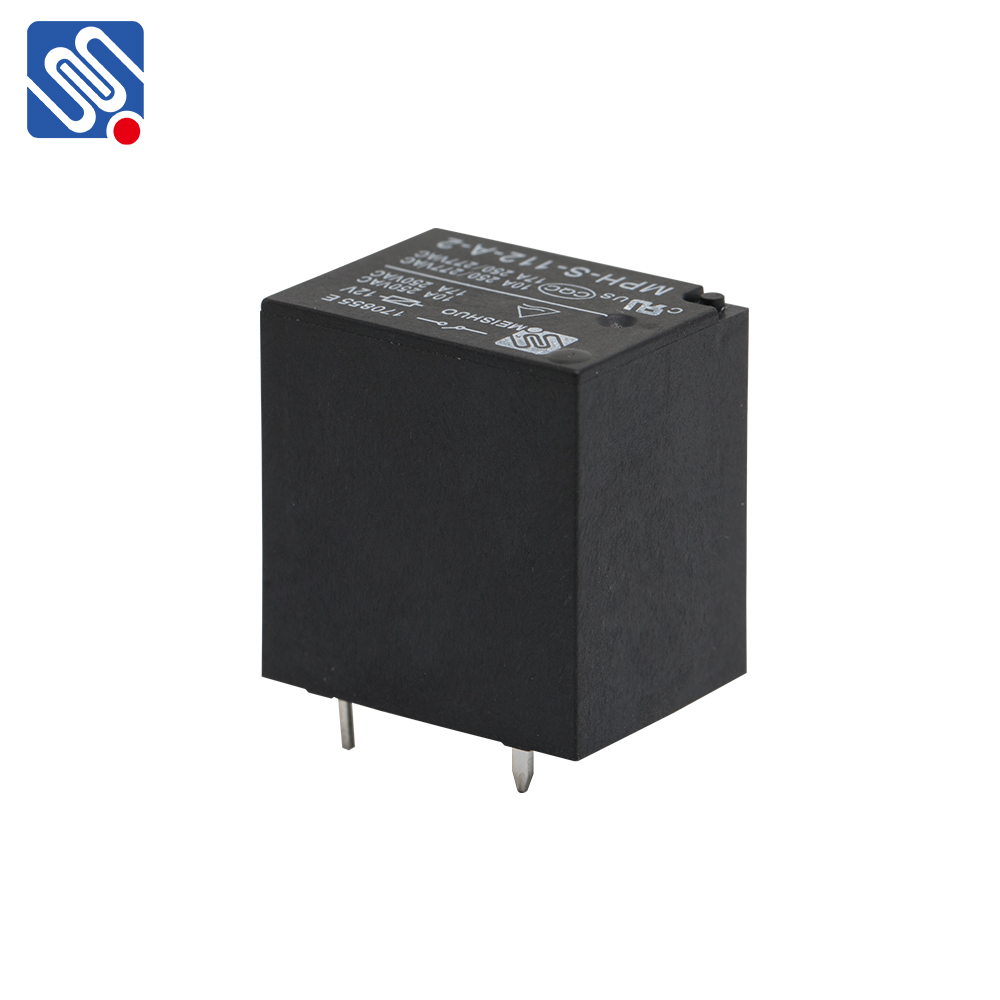Relays are integral components in electrical systems, acting as switches that allow control of high-power circuits by low-power signals. They are commonly used in various applications, from industrial machinery to consumer electronics, automotive systems, and telecommunications. To ensure the reliable and efficient operation of these devices, it is crucial to understand relay specifications, which define the operational parameters and characteristics of the relay. This article delves into the key relay specifications that influence performance, reliability, and suitability for specific applications.

1. Contact Ratings One of the most important relay specifications is the contact rating, which determines the maximum load that a relay’s contacts can handle. Contact ratings are specified in terms of voltage (V), current (A), and the type of load (resistive, inductive, or capacitive). For example, a relay designed for a 10A resistive load can switch up to 10 amps of current at a specific voltage, such as 120V or 240V AC. However, the same relay may not be able to switch inductive or capacitive loads as effectively due to the different electrical characteristics of these loads. The contact rating is crucial in preventing damage to the relay’s contacts and ensuring long-term reliability.